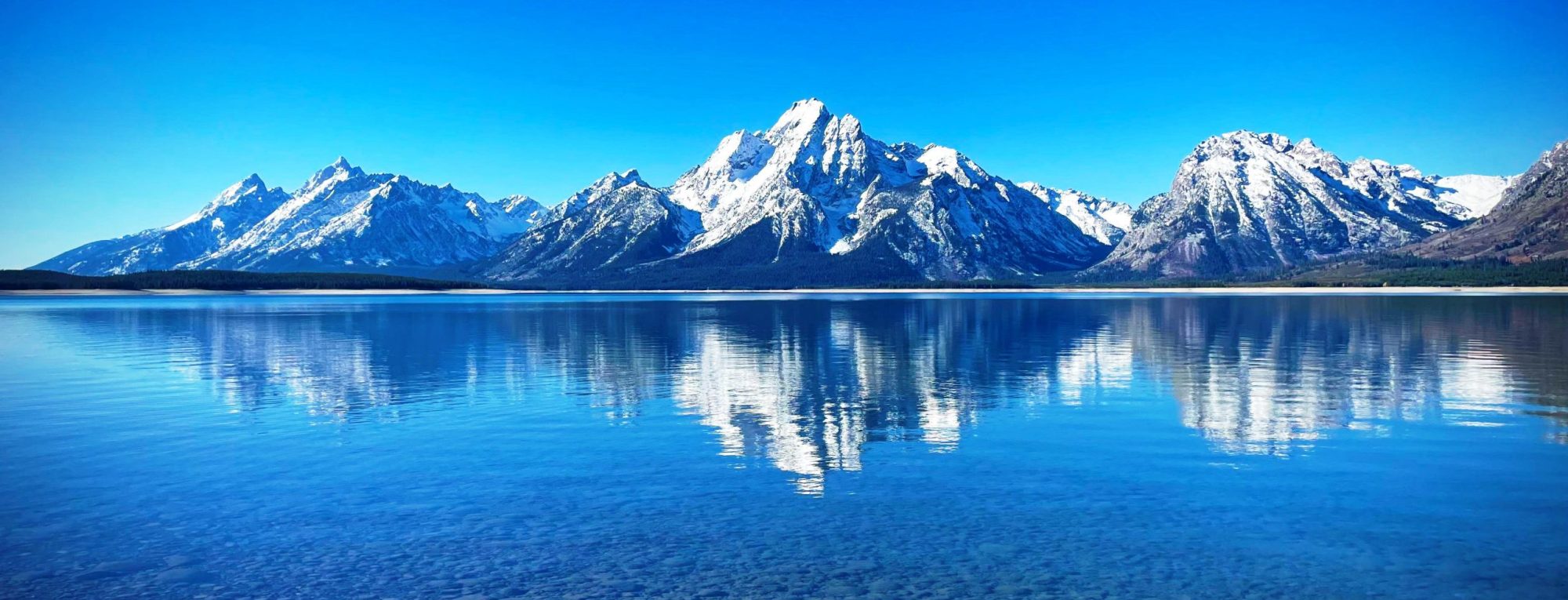Mount Tate (立山, Tate-yama), commonly referred to as simply Tateyama, is a mountain located in the southeastern area of Toyama Prefecture, Japan. It is one of the tallest mountains in the Hida Mountains at 3,015 m (9,892 ft) and, along with Mount Fuji and Mount Haku, it is one of Japan’s “Three Holy Mountains” (三霊山, Sanreizan). Tateyama is a term for the mountain consisting of three peaks: Ōnanjiyama (大汝山, 3,015m), Oyama (雄山, 3,003m), and Fuji-no-Oritateyama, (富士ノ折立, 2,999m) which run along a ridge (see photo). Tateyama is the tallest mountain in the Tateyama Mountain Range (立山連峰, Tateyama-renpō). It was first climbed by Saeki no Ariyori during Japan’s Asuka period. The area was designated the Chūbu-Sangaku National Park on 4th December 1934. from Wikipedia,...
Mount Norikura (乗鞍岳, Norikura-dake) is a potentially active volcano located on the borders of Gifu and Nagano prefectures in Japan. It is part of the Hida Mountains and is listed among the 100 Famous Japanese Mountains and the New 100 Famous Japanese Mountains. from Wikipedia, the free encyclopedia
Mount Senjō (仙丈ヶ岳, Senjō-ga-take) is a 3,032.6-metre-high (9,949.5 ft) mountain on the border of Minami-Alps, Yamanashi, and Ina, Nagano, in Japan. This mountain is one of the major peaks of the Akaishi Mountains, and is one of the most popular peaks in the range. This mountain is also one of the 100 Famous Japanese Mountains from Wikipedia, the free encyclopedia
Mount Minami (南岳, Minami-dake) is a volcano located on the Shiretoko Peninsula in Hokkaido, northeastern Japan. from Wikipedia, the free encyclopedia
Mount Shiomi (塩見岳, Shiomi-dake) is a mountain located in the centre of the Akaishi Mountains−Southern Alps, within Minami Alps National Park, Japan. It is on the border of Shizuoka and Nagano Prefectures. It is one of the 100 Famous Japanese Mountains. At 3,047 m tall, it is the 16th tallest mountains and hills of Japan. There is the mountaineering route on from a ridge in Akaishi Mountains. from Wikipedia, the free encyclopedia
Mount Nōtori (農鳥岳, Nōtori-dake), or Nōtoridake, is one of the major peaks in the Akaishi Mountains, along with Mount Kita and Mount Aino. The 3,026 m (9,928 ft) peak[2] lies to the south of the other mountains, spanning the town of Hayakawa in Yamanashi Prefecture and Aoi-ku in the city of Shizuoka, Shizuoka Prefecture, Japan. from Wikipedia, the free encyclopedia
Mount Ontake (御嶽山, Ontake-san), also referred to as Mount Kiso Ontake (木曽御嶽山, Kiso Ontake-san), is the 14th highest mountain and second highest volcano in Japan (after Mount Fuji) at 3,067 m (10,062 ft).[3] It is included in 100 Famous Japanese Mountains. from Wikipedia, the free encyclopedia
Mount Naka (中岳, Naka-dake) is a mountain with an altitude of 3,084m located in the southern part of the Hida Mountains, which straddles Matsumoto in Nagano Prefecture and Takayama in Gifu Prefecture. This mountain is located in Chūbu-Sangaku National Park. from Wikipedia, the free encyclopedia
Mount Hotaka (穂高岳, Hotaka-dake), also known as Mount Hotakadake, is one of the 100 Famous Japanese Mountains as coined by the media, reaching a height of 3,190 m (10,466 ft). Mount Hotaka is situated in Japan’s Hida Mountains and all its major peaks except Mount Maehotaka, lie on the border between the cities of Matsumoto, Nagano Prefecture, and Takayama, Gifu Prefecture. This mountain is located in Chūbu-Sangaku National Park. The peaks of Okuhotaka, Karasawa, Kitahotaka, Maehotaka and Nishihotaka are called the Hotaka Mountains. The highest peak in this range, and also the tallest mountain in both Nagano and Gifu prefectures, is Mount Okuhotaka. Mount Hotaka is also referred to as the “Leader of the Northern Alps” (北アルプスの盟主, Kita-Arupusu...
Mount Akaishi (赤石岳, Akaishi-dake), is a peak in the Akaishi Mountains, on the border of Shizuoka and Nagano Prefectures in central Honshū, Japan. On June 1, 1964, the mountain was included within the Minami Alps National Park. from Wikipedia, the free encyclopedia
